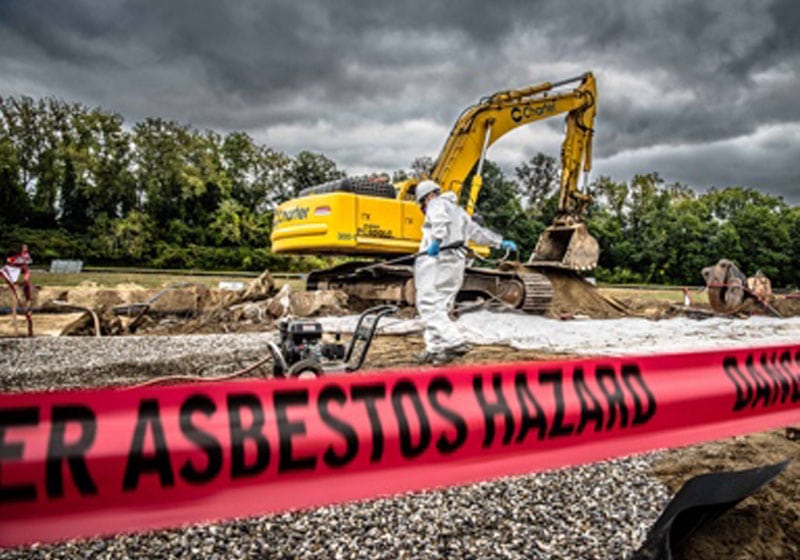As we enter into the wintery months it is even more important to be aware of the potential for slips, trips, and falls. Below are some key factors leading to these types of accidents and some tips on preventing injuries.
Why is prevention of slips, trips and falls so important?
Some sixty thousand workers are injured annually due to fall accidents. This number represents about fifteen percent of the “time-lost injuries” that were accepted by workers’ compensation boards or commissions. Not mentioning a great economical loss, it amounts to a lot of pain and suffering and sometimes (much too often) even death. All these, in most cases, do not have to happen. We need to understand how fall accidents happen, identify the trouble areas, and eliminate or minimize hazards of slips, trips and falls.
How do falls happen?
Statistics show that the majority (60 percent) of falls happen on the same level resulting from slips and trips. The remaining 40 percent are falls from a height.
Slips
Slips happen where there is too little friction or traction between the footwear and the walking surface. Common causes of slips are: wet, icy or oily surfaces, occasional spills, weather hazards, loose, unanchored rugs or mats, and flooring or other walking surfaces that do not have the same degree of traction in all areas.
Trips
Trips happen when your foot collides (strikes, hits) with an object causing you to lose balance. Common causes of tripping are:
- Obstructed view
- Poor lighting
- Clutter in your way
- Wrinkled carpeting
- Uncovered cables
- Bottom drawers not being closed, and
- Uneven (steps, thresholds) walking surfacesHow do you prevent falls due to slips and trips?
Both slips and trips result from some kind of unintended or unexpected change in the contact between the feet and the ground or walking surface. This shows that awareness of good housekeeping, quality of walking surfaces, selection of proper footwear, and appropriate pace of walking are critical.
What can you do to avoid a slip, trip or fall?
Remember that you are your first line of defense when it comes to your safety. Have a heightened awareness of your surroundings and plan appropriately. When your work hazard assessment reveals icy/snowy conditions at the work site, don anti-slip or traction treads (over soles), and clear and/or treat all working/walking surfaces.
Additionally, be sure to use 3 points of contact when entering/exiting vehicles and to brush snow/ice from vehicle and equipment steps and ladders.
Quick Tips
- Ice and Snow, Take it Slow
- Don’t take shortcuts
- Take your time
- Wipe feet when entering buildings/trailers/vehicles/equipment
- Wear proper footwear
- Report unsafe conditions to your Project Superintendent or SSHO
